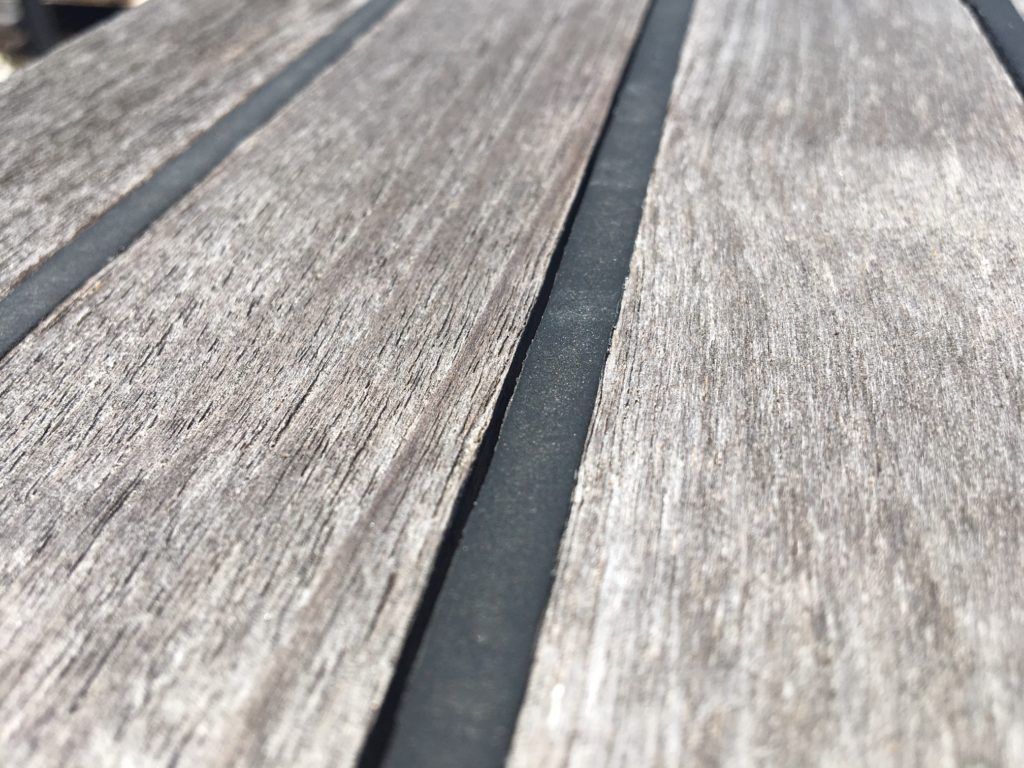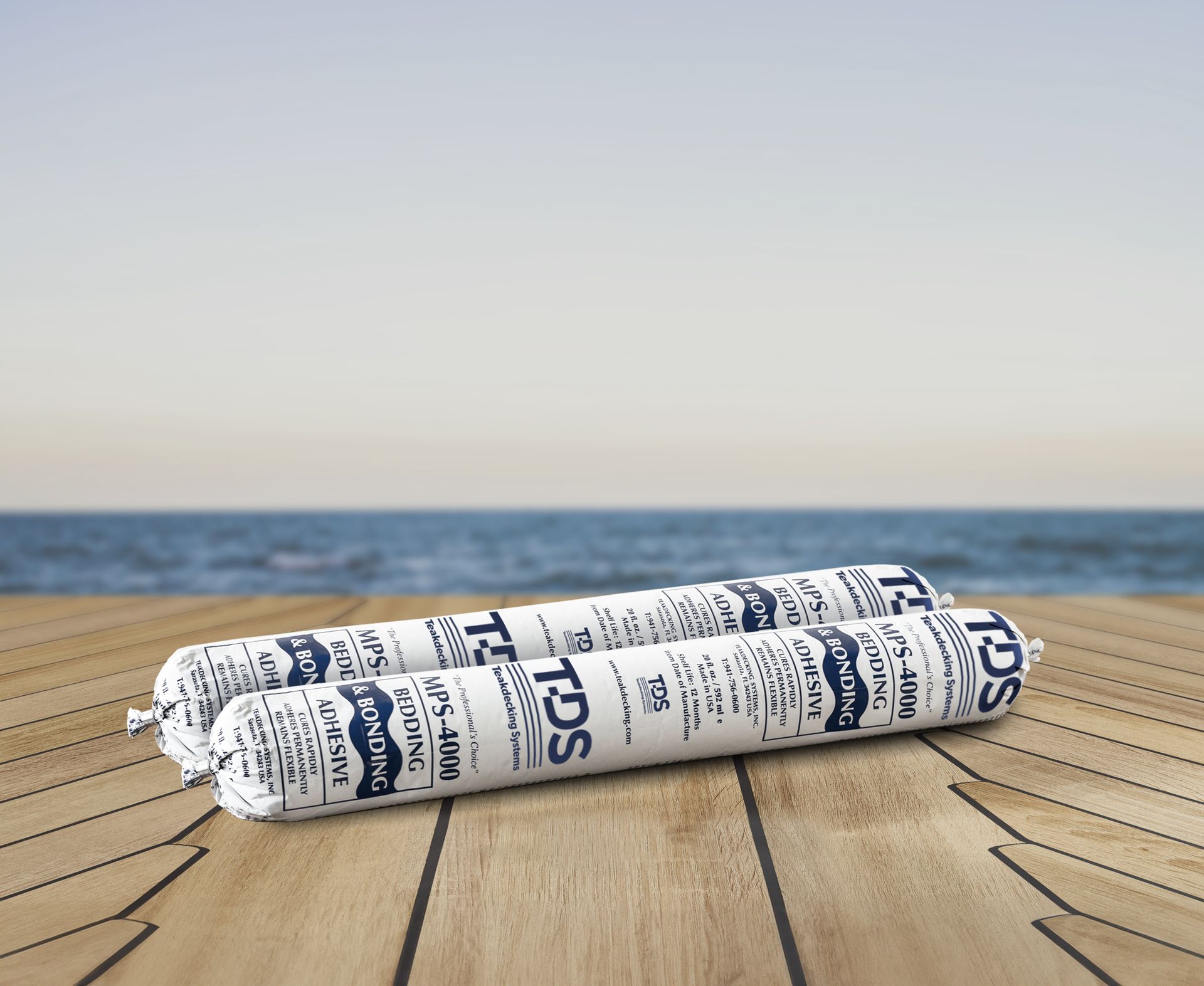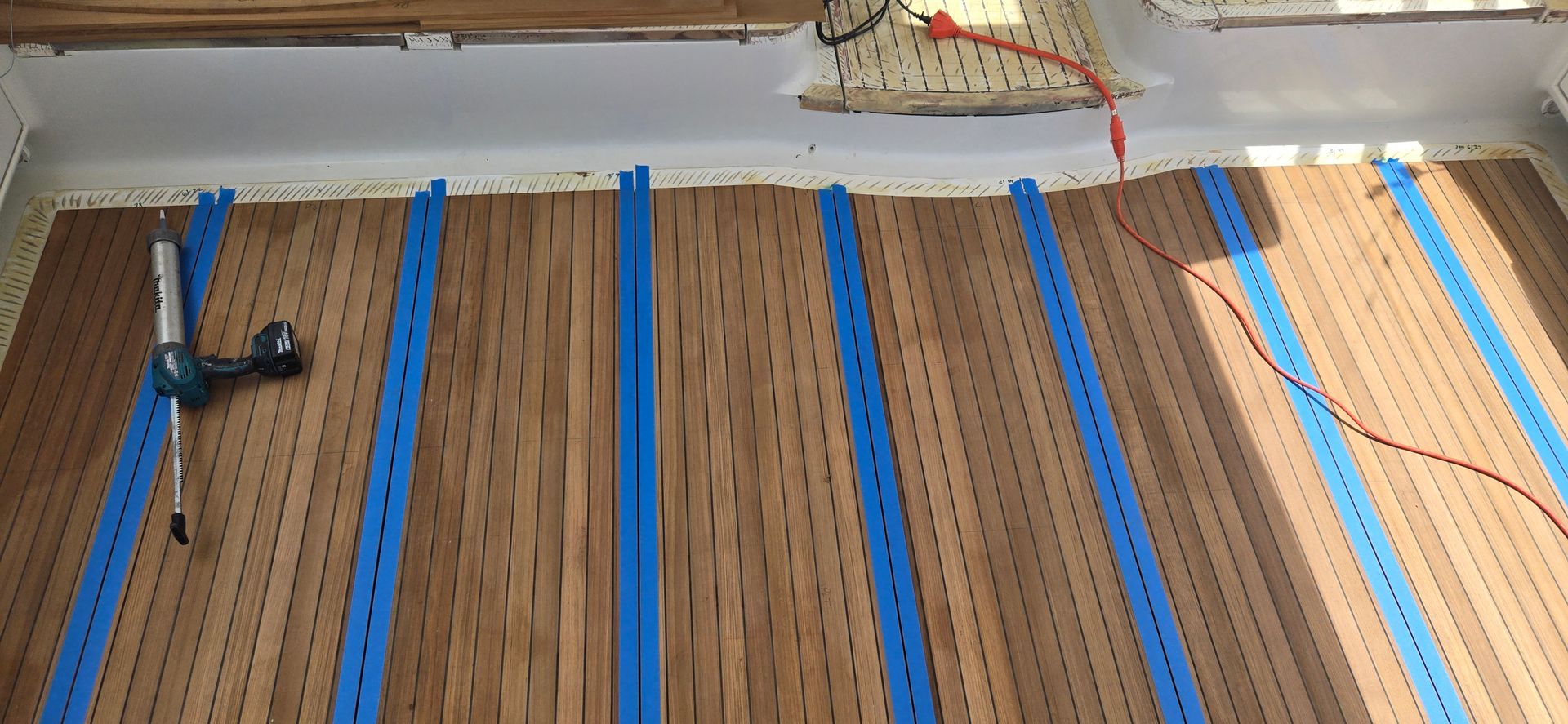TDS Partnership with Total Decking to Expand Market Reach
We are thrilled to announce our partnership with Matt Graham and Total Decking to expand our presence in key U.S. markets. This collaboration is focused on delivering high-quality decks to boats in the 20-150 foot range, in Maine, Newport/Southern New England, and Chesapeake.
Matt Graham, owner of Total Decking, brings a wealth of experience to the partnership. With a background in both business and marine craftsmanship, Matt has worked in boatyards since the age of 14, later serving as Chief Operating Officer of Lyman-Morse Boatbuilding for eight years. A dedicated offshore sailor and skilled carpenter, Matt's experience ensures that Total Decking delivers top-tier deck installations tailored to TDS standards.
Total Decking was originally founded by Larry Murray in 1987 to serve TDS clients in the New England market. Over the years, the company has completed hundreds of successful installations across a wide range of vessels from classic cruising yachts to modern race boats. Under Matt’s leadership, Total Decking has expanded its territory to Southern New England and the Chesapeake Bay region, recognizing strong growth opportunities in the area where he grew up.
Partnering with TDS allows us to provide even better service and extend our reach into key maritime hubs," said Matt. "With our dedicated team, we aim to be the most efficient and highest-quality solution for TDS installations. We understand the challenges boat owners and builders face when it comes to decking, and we are committed to offering precision, durability, and the highest level of craftsmanship. Our focus is on long-term customer satisfaction, and we are excited to bring these high-quality decks to a wider market."
Total Decking currently operates with a five-person team, each member deeply rooted in the marine industry. Alongside Matt, key team members include Phil Huening, a 15-year veteran of TDS installations; Miles Mancini, a naval architect with a degree from Southampton University, Sam Lloyd, a seasoned marine professional and avid racer, and Rory Rowe, a skilled craftsman with a background in high end tiny home construction.
Richard Strauss, CEO of TDS commented “We are excited to join forces with Matt Graham and Total Decking. Their expertise, and dedication, align perfectly with our mission to provide the best decking solutions in the industry. This collaboration will strengthen our ability to serve customers in these key markets and uphold the high standards TDS is known globally for.”
ALL PRODUCTS




